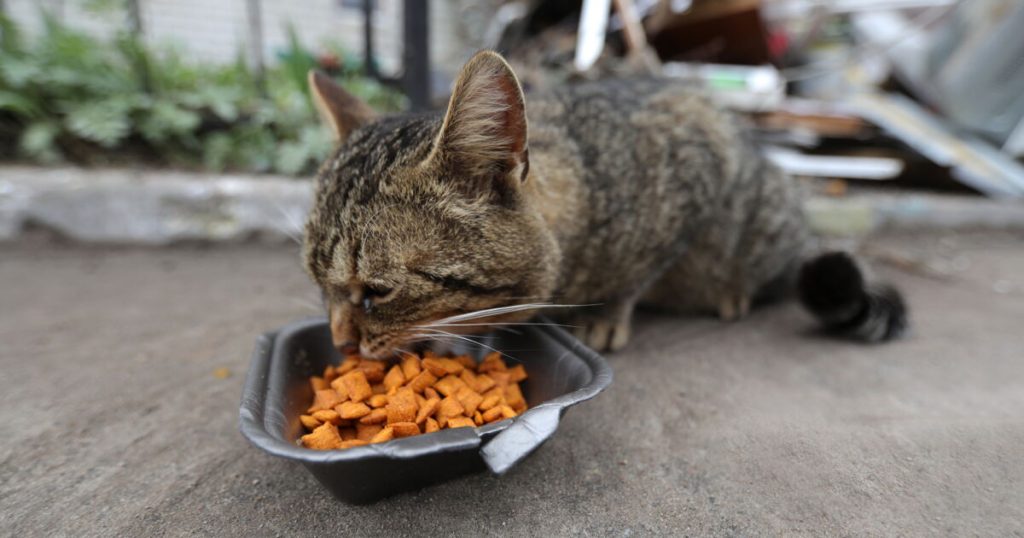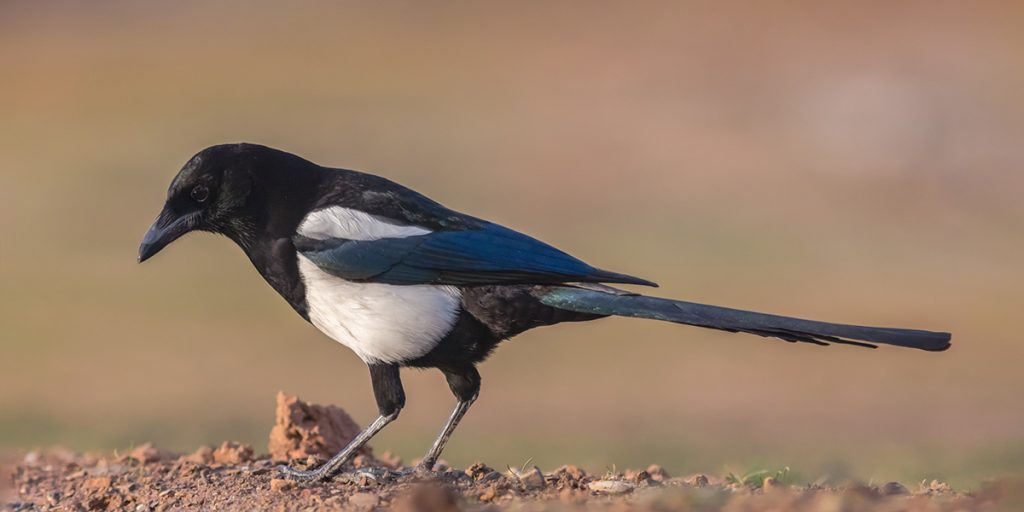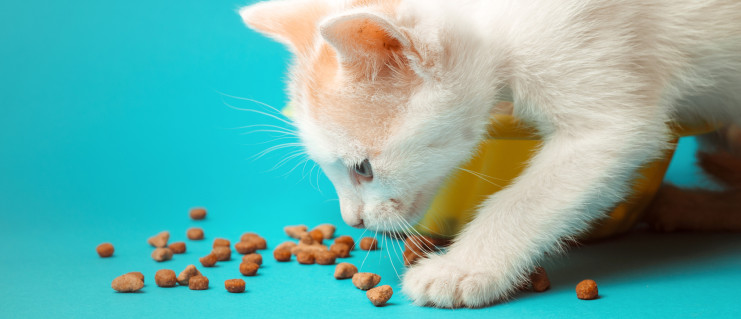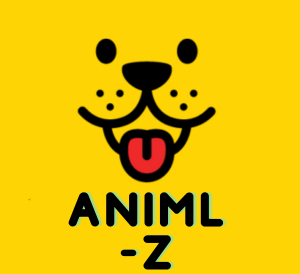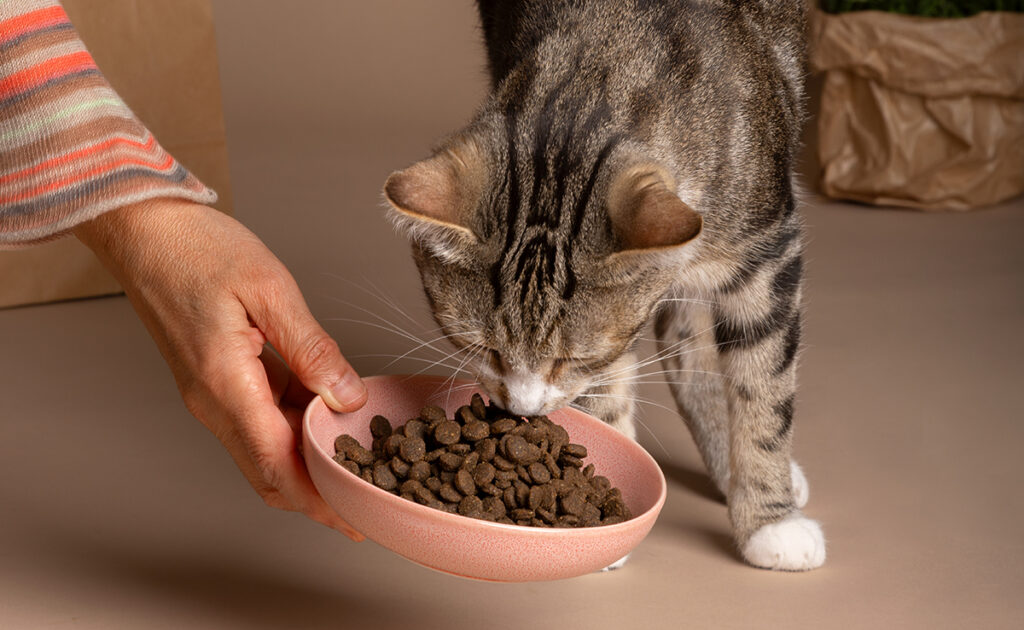
During the inflationary period, animal feed is no exception. Worse, it is one of the sectors most affected by the surge in prices: +13% in 2022, even more in 2023. Manufacturers are hiding behind the cost of energy and raw materials. However, the petfood market was worth 120 billion dollars in 2023 and forecasts predict 153 billion in 2028.
Faced with soaring prices, cat owners are considering turning to more economical kibble and are considering ditching pet store packages in favor of supermarket products. THE cat food purchased in supermarkets are they really more economical? Spoiler alert: no! And here's why.
Are supermarket kibbles cheaper?
The 3 large groups which share the animal food market are two Americans Mars Petcare (Whiskas, Royal Canin, Frolic, Pedigree, etc.) and Hills pet nutrition (Hills, Science plan, etc.) as well as a Swiss and American company, Nestlé Purina Petcare (Fido, Friskies, Felix, Purina, Proplan…).
Behind the search for the lowest cost, sometimes hidden unethical strategies on which the quality criterion is not a priority.
So what do low-end kibbles contain?
To obtain the most attractive price per kilo, some manufacturers “fill” with inexpensive ingredients instead of meat. To make their food palatable (because a cat is not fooled, it has taste!), they can add additives which sometimes turn out to be toxic and carcinogenic.
Lower quality proteins
To reduce costs, manufacturers prefer to use non-consumable animal by-products in human foodsuch as feathers, horns or hooves. Thus, the nutritional values appearing on the labels display a more acceptable protein level even though they are of lower quality. However, they are more waste than animal muscle.
Furthermore, when the list of ingredients indicates “animal proteins”, traceability is impossible. We don't even know if they come from beef, salmon or lamb. It can be flour made from ground poultry feathers or beaks. But you should know that not all proteins are equal. Their quality depends on the amino acids that compose them and their number. They are classified according to their bioavailability index. That of the egg, for example, is the so-called reference protein, the most perfect, whose index is 100, because all the essential amino acids are present. It is therefore the best absorbed. The closer the index is to 100, the better the quality.
Poor and unsuitable fats
When the label says “animal fat”, you can be assured that the manufacturer is unaware of their origin or is trying to hide it. Quality fats are mentioned, for example “salmon oil” or “duck fat”, because they add value to the product. The origin is sufficiently shameful that the brand prefers to hide it. However, for a strict carnivore such as the cat, lipids from animals are better for health than when they come from sunflower or another inflammatory oil.
Unnecessary additives
Sometimes, to make the kibble more energetic, sugar is added. There may also be questionable additives in the recipe. Another tip lies in adding cereals, less expensive than meat, but useful for providing energy and weight to the kibble. Only cats are not chickens, but strict carnivores ! And who says carnivore, says need to consume meat. You will often notice that in the list of ingredients, cereals appear in the first or second position, which means that they are more numerous than anything that comes next in the list. This then provides excess carbohydrates to which the feline body is not adapted.
Finally, the ashes, whose values must oscillate between 5 and 8%, are often much higher. Even if it takes a little, because minerals like calcium and phosphorus are found there, they are residues of the combustion necessary for the manufacture of kibble. When there are too many, it means that the ingredients selected are not of good quality.
Large-area kibbles are therefore cheaper, but only on one level.
With a cheap composition, coming from origins of questionable quality, a packet of supermarket kibble can therefore reach a lower cost than a premium packet. In 2023, it would be necessary to count between 3 and 6 euros per kilo, which put many 1.5 kilo packages for less than 7 euros. The first-price versions could even go down to less than 2.5 euros per 2 kilo bag.
However, if we reduce purchasing costs, we also reduce quality and it is not said that we make real savings when the cat develops costly pathologies by eating poor quality food. So what are the veterinary expenses directly linked to inconsistent or even toxic food?
Veterinary costs from poor nutrition
Cats develop different diseases when fed insufficient quality food. Excess cereals, for example, used as filling ingredients, provide too many carbohydrates and can cause overweight or even obesity or diabetes, as well as food intolerances. Sometimes the cat may suffer from skin irritation and itching that causes scratching.
The animal can also develop digestive disorders:
We can never repeat it enough: a strict carnivore like the cat needs meat more than cereals, even if he can tolerate small quantities.
Likewise, when he only consumes bad proteins, his physical condition is less good. Less muscular, less toned, the animal is often hungry because it does not get what it needs. As for additives and bad fats, they can cause cancer or liver failure.
Finally, excess ash can cause kidney failure.
Overall, poor nutrition weakens the animal's immunity and life expectancy. Even his quality of life is impaired.
All of these pathologies, as well as sometimes anticipated and painful aging, require an increase in the number of veterinary consultations. But it is a costly item in the life of an animal. Treatments, dietary changes in favor of diet kibbles, all of this seriously increases the price of food bought for several years at the supermarket.
In addition to the financial cost, there is the moral cost, because it is always difficult to see your cat in bad shape.
What are the other impacts of large-scale kibble?
If low-end kibbles have a deleterious effect on the health of cats, they also have a harmful ecological and ethical impact. In general, manufacturers reduce costs across the entire production chain, which also includes packaging and geographic location. The packages are therefore most often made of non-recyclable plastic, destined to become waste which will feed the already overloaded plastic seas. Likewise, transport, whose starting point is often a large factory which centralizes all the world's production, is responsible for delivering products from one corner of the Earth to the other, thus contributing to the increase in gases. Greenhouse effect. However, animal feed already weighs heavily in terms of the carbon footprint, according to the report of November 17, 2022: “Environmental impact of diets for dogs and cats”.
On the ethical side, the conditions of breeding and slaughter of animals intended for kibble are also oriented towards cost reduction and not animal welfare. Traceability is also not the priority regarding the origin of cereals, proteins or fats.
How to feed your cat without selling a kidney or an arm?
To stay on a practical feeding method, kibbles also exist in a ethical and environmentally friendly version. In general, they come from small structuresnational, respectful of short circuits. Their main criterion is the selection of quality and traceable ingredients rather than price. The packaging is also ethical and most often recyclable. There are French, German and English brands that focus their production on the seriousness and health of their mustache-bearing consumers. They are found more on the Internet or in certain ethical pet stores. To recognize them, you have to learn to decipher the labels.
Like all kibbles, they must be accompanied by mash, because they are dry foods which, in the long term, can damage the renal and urinary system of your little feline. With 10% maximum humidity, they are far from the composition of prey which contains 70 to 80% water.
Oddly enough, feeding your cat healthily does not always cost much more. Opting for raw feeding, for example (or BARF), can be economical when you take advantage of group purchases with other owners. There are groups on Facebook for most regions of France, in which members consult each other to order together, then distribute the packages on the day of delivery. Thus, costs are reduced. BARF manufacturers also market ready-made trays or sausages (less good than a real ration of BARF, but better than supermarket kibble), the prices of which are around 5 to 7 euros per kilo. If we take into account the veterinarian savings, we can consider that the cost is ultimately quite close to low-end products.
Another possibility lies in the household ration, composed of cooked meat, vegetables, animal oil, specific vitamin supplements… the price per kilo fluctuates between 4 and 7 euros, i.e. 1 euro more than for large-scale dry food. Here again, your cat's health is preserved by quite natural foodof quality and close to its nutritional needs.
When we wonder about expenses related to our animal, it is essential not to separate food from health, that is to say food from veterinary costs, because the two are closely linked. Immediate food savings sometimes result in much higher health care costs later. To fully understand what the kibble contains, learn to decipher the composition labels in order to select quality products for your little companion. Thus, he will have a greater chance of living longer in good conditions.

